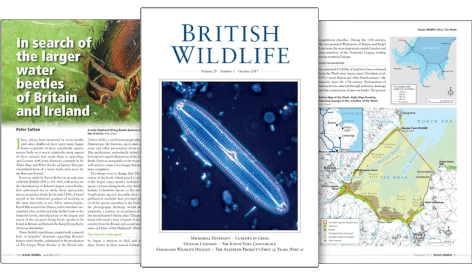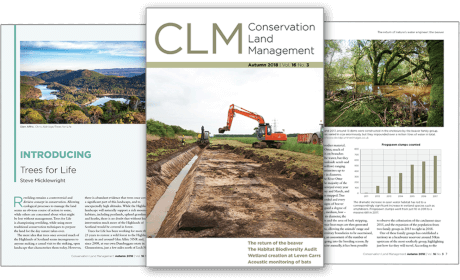By: Wolfgang Frisch(Author), Martin Meschede(Author), Ronald C Blakey(Author)
245 pages, 194 colour & 1 b/w illustrations
![Plate Tectonics Plate Tectonics]()
Click to have a closer look
About this book
Contents
Customer reviews
Biography
Related titles
About this book
This textbook explains how mountains are formed and why there are old and young mountains. It provides a reconstruction of the Earths palaeogeography and shows why the shapes of South America and Africa fit so well together. Furthermore, it explains why the Pacific is surrounded by a ring of volcanos and earthquake-prone areas while the edges of the Atlantic are relatively peaceful.
This thoroughly revised textbook edition addresses all these questions and more through the presentation and explanation of the geodynamic processes upon which the theory of continental drift is based and which have led to the concept of plate tectonics.
It is a source of information for students of geology, geophysics, geography, geosciences in general, general natural sciences, as well as professionals, and interested layman.
Contents
1. Contractional theory, continental drift and plate tectonics
2. Plate movements and their geometric relationships
3. Continental graben structures
4. Passive continental margins and abyssal plains
5. Mid-ocean ridges
6. Hot spots
7. Subduction zones, island arcs and active continental maragins
8. Transform faults
9. Terranes
10. Early Precambrian plate tectonics
11. Plate tectonics and mountain building
12. Old orogens
13. Young orogens - the Earth's loftiest places
Customer Reviews
Biography
Wolfgang Frisch was born in Vienna, Austria, in 1943. He studied in Vienna and worked at the Mining University of Leoben (Austria), the University of Vienna, and the Technical University of c(Germany), before he was appointed to Tübingen (Germany) University where he held the Chair in Geology until his retirement in 2009. His research interests include structural geology and geodynamics, the genesis of mineral deposits, and the petrology of magmatic rocks. His working areas include the Alps, southeastern Europe, the Himalayas and Tibet, Arabia and Egypt, as well as Greenland, middle America, and Africa.
Martin Meschede, born in 1957 is a Professor of Regional and Structural Geology at the University of Greifswald, Germany. He received his Diploma in Geology from the University of Hannover, Germany, and his PhD from the University of Tübingen (Germany). His research interests include geodynamics, structural geology, palaeogeography reconstructions, particularly in the Caribbean and Eastern Pacific region; marine geology as well as neotectonic and glacial processes in the Baltic Sea area.
Roland Blakey is Professor Emeritus of Geology at Northern Arizona University (US) following over 34 years of teaching courses in Historical Geology, Sedimentology and Stratigraphy, Field Geology, and Tectonics. Most of his scholarly publications concern the sedimentary rocks and geologic history of the American Southwest. He is involved in the reconstruction of palaeogeography maps that document past Earth history.
By: Wolfgang Frisch(Author), Martin Meschede(Author), Ronald C Blakey(Author)
245 pages, 194 colour & 1 b/w illustrations



































